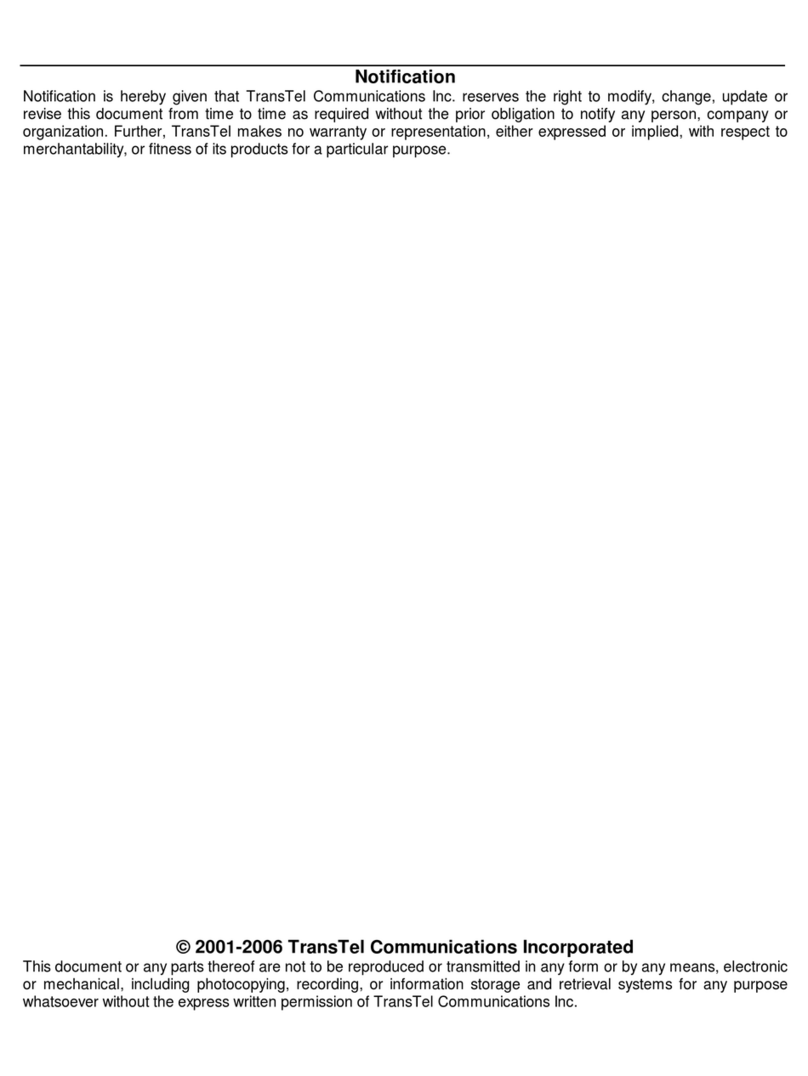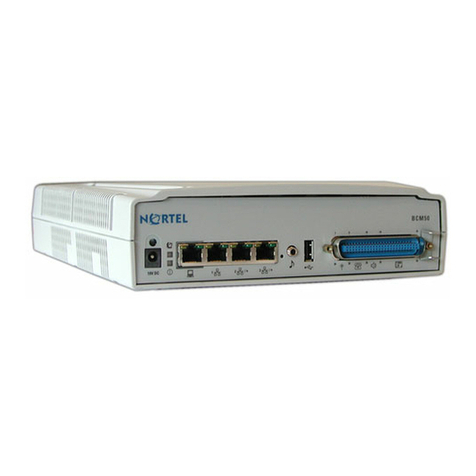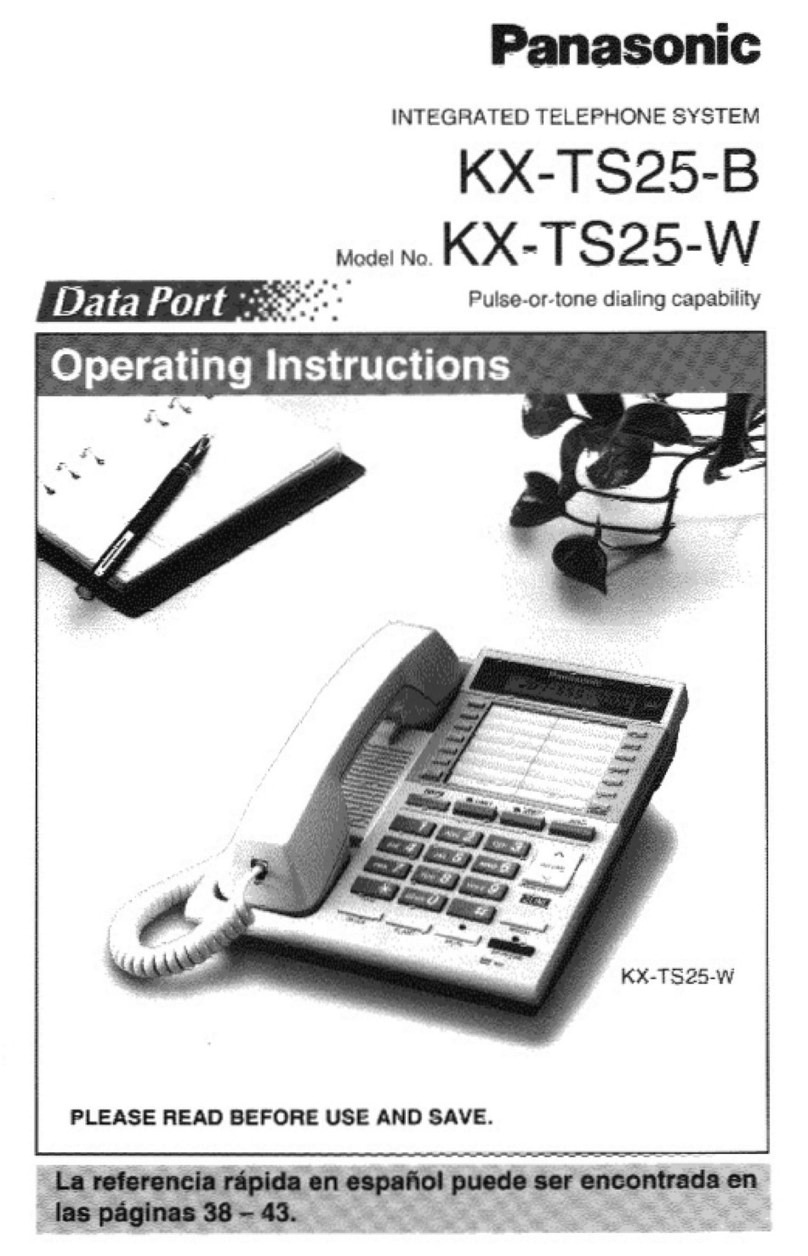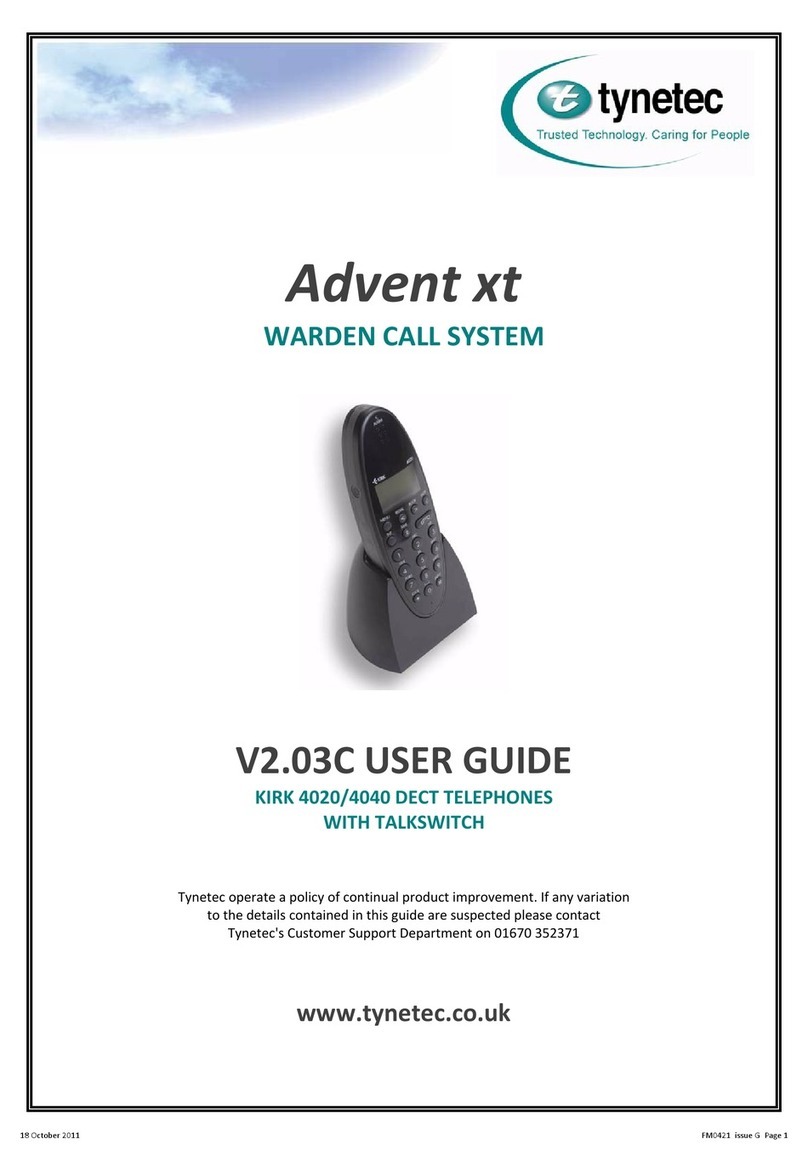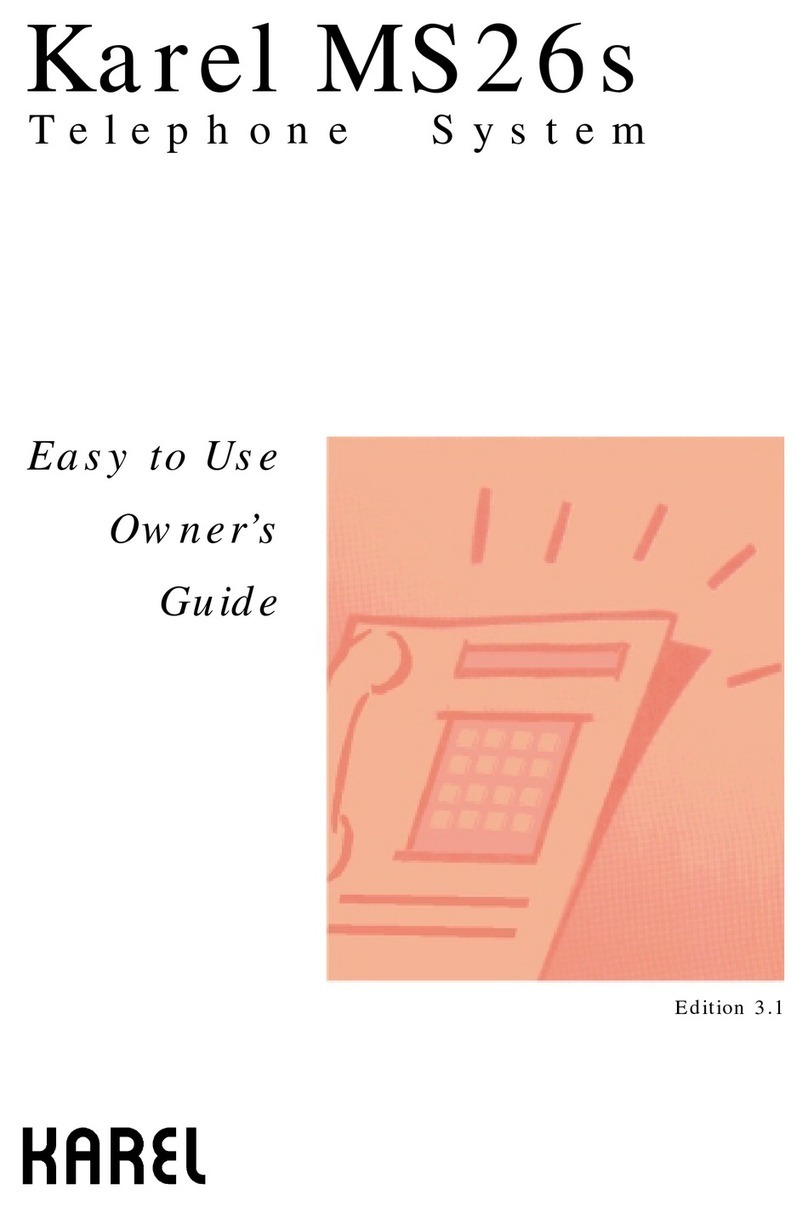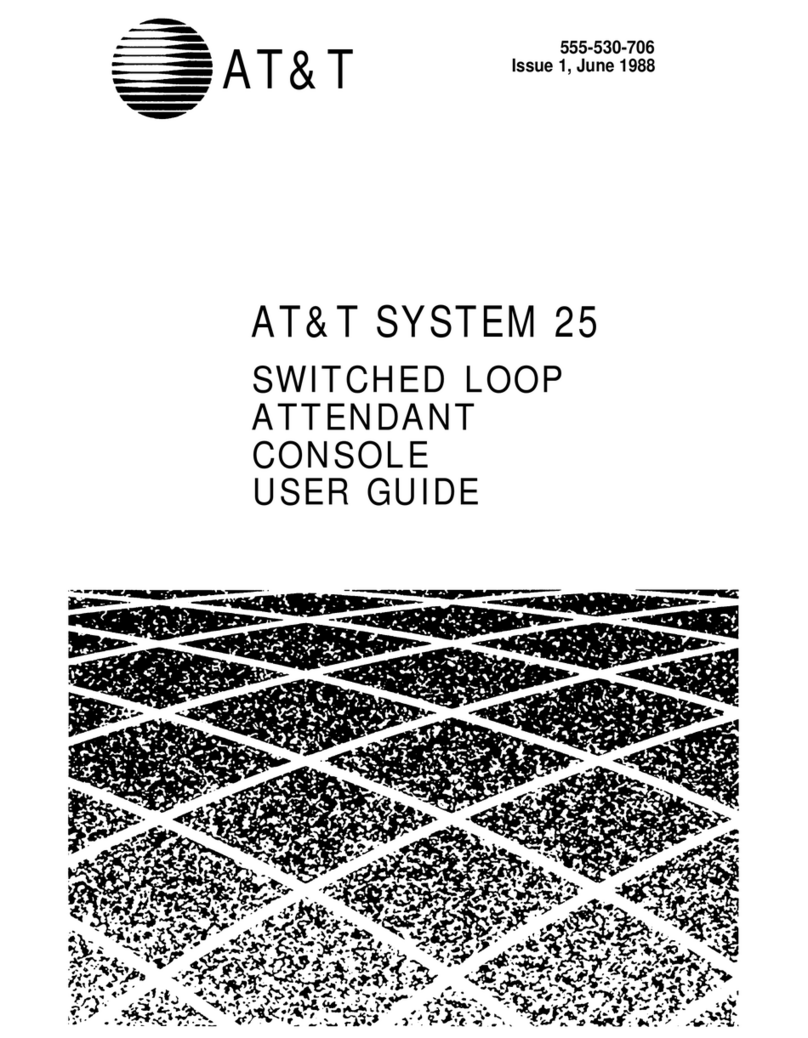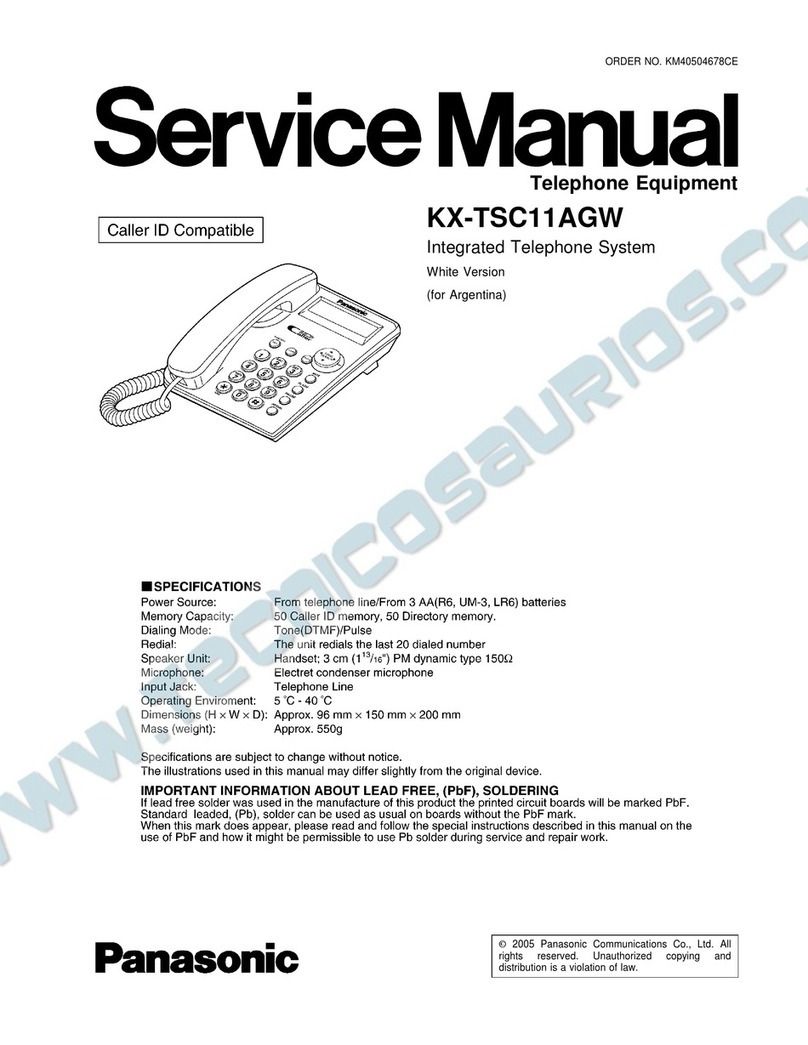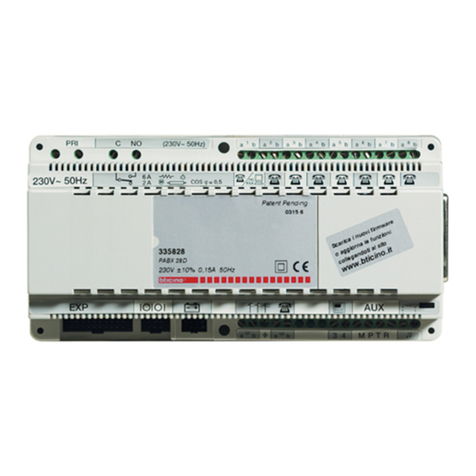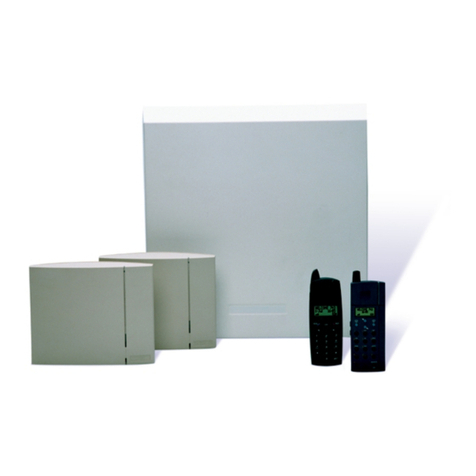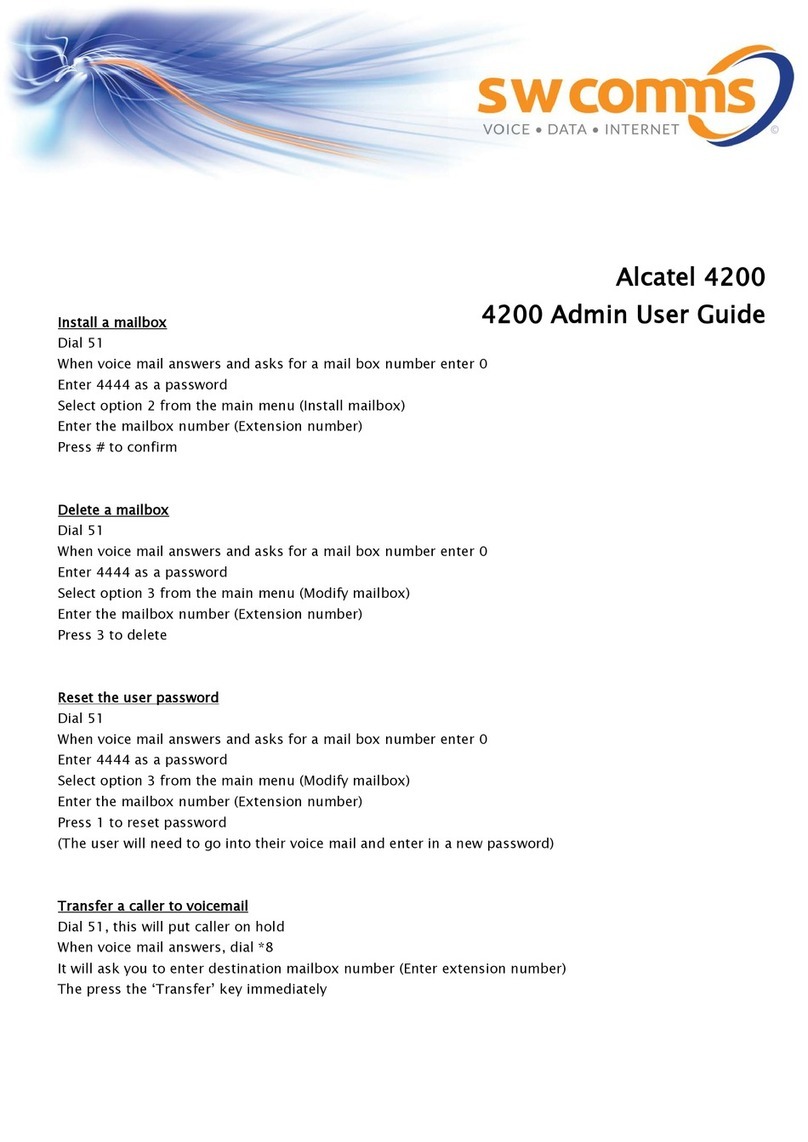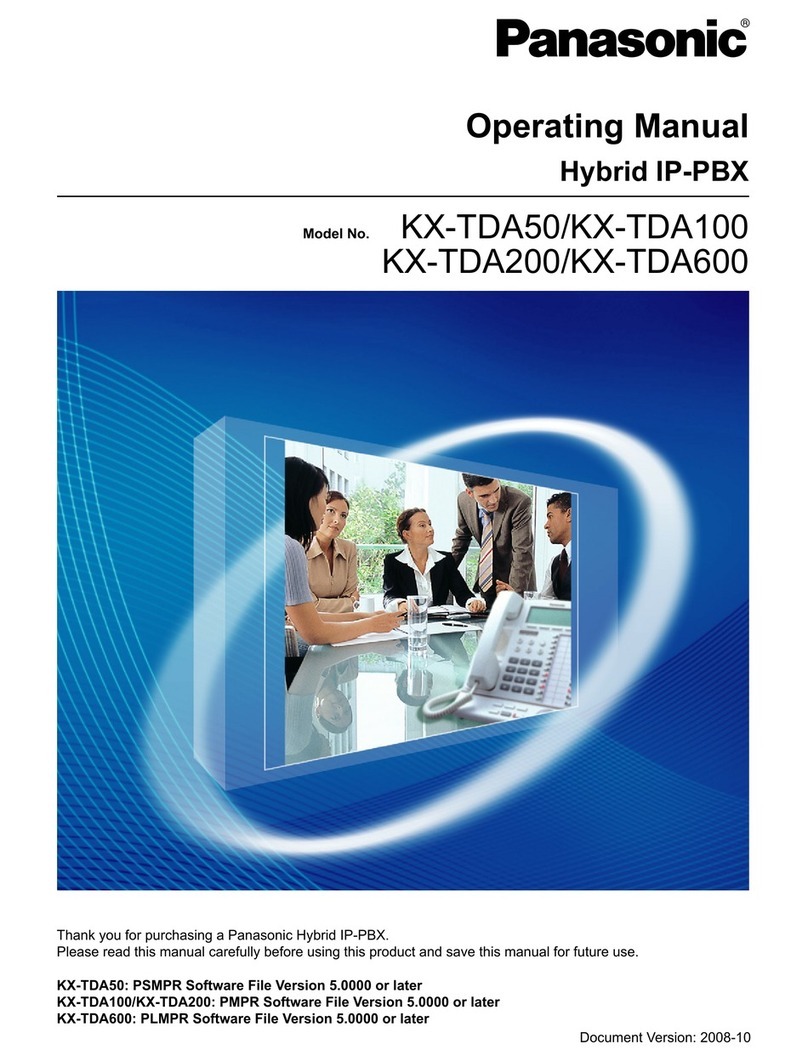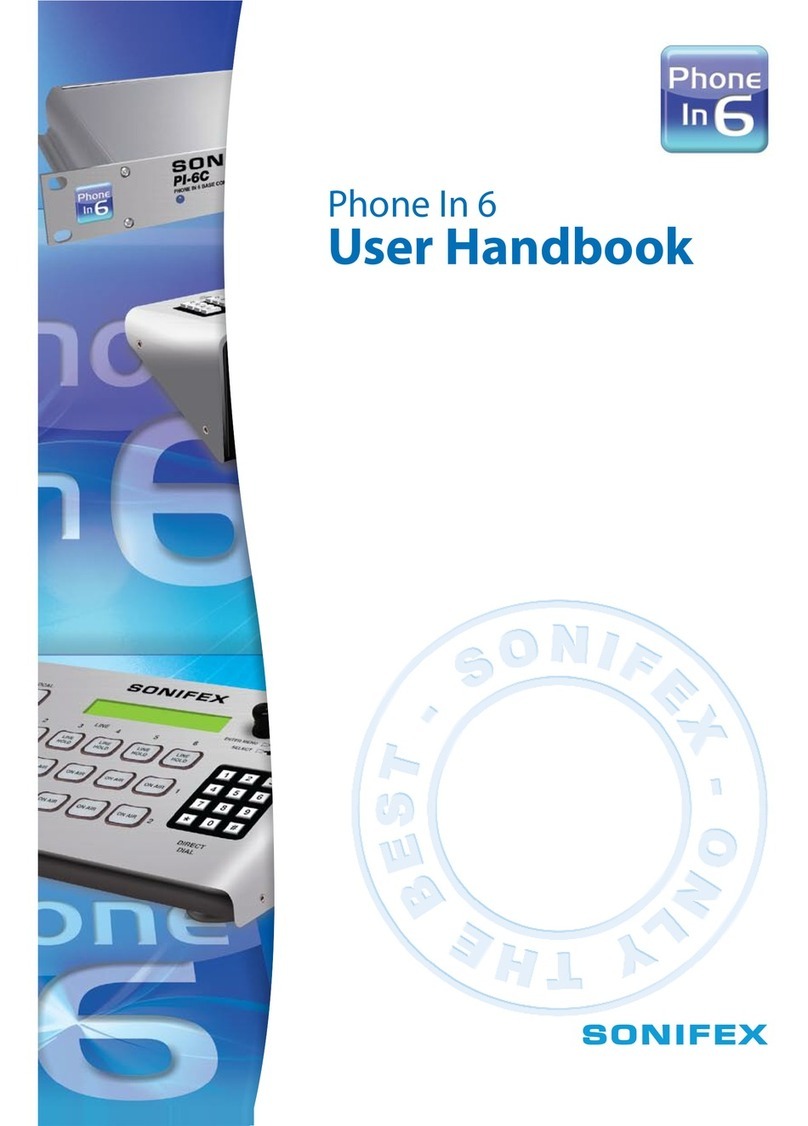
HAGEUN-CRYPTOS
3B866 CRYPTO AG 1-1
1. GENERAL
This manual is intended to aid trained technicians to install the
HC-250 Voice Ciphering System.
1.1. DESCRIPTION OF THE EQUIPMENT (Ref. Figs. 1.1 and 1.2)
The CRYPTOCOM® HC-250 is a high security voice ciphering system
designed for operation over switched telephone networks, fixed
and mobile UHF/VHF and HF-SSB radio links. The HC-250 uses sophisti
cated ciphering techniques and advanced technology, eliminating re
sidual intelligibility on the line and giving excellent speaker re
cognition, yet providing a high level of security.
The complete system consists of a basic unit and a remote control
unit, which are connected to a telephone or radio. All operating
procedures are carried out via the remote control unit, thus allowing
the basic unit to be located conveniently. A version is also available
as a self-contained cipher terminal, housed in an attractive Samsonite
briefcase. This version is referred to in these instructions as the
"portable version".
An integrated key management system, providing a customer specific
parameter, a structure key, communication keys, user identification
codes and a key-input identification code, allows adaption to user
requirements. The system can either be programmed for simple opera
tion, where the only operator intervention required is the switching
between plain and cipher, or a more complex hierarchy can be estab
lished, to protect against unauthorized use. In normal telephone
operations it is possible to use a telephone for the plain/ cipher
switching.
The system also includes built-in self-test features (BITE), which
facilitate the detection of failures and faults.
The CRYPTOCOM®HC-250 is designed to operate, in duplex or half-
duplex mode, via practically any voice grade circuit, such as:

